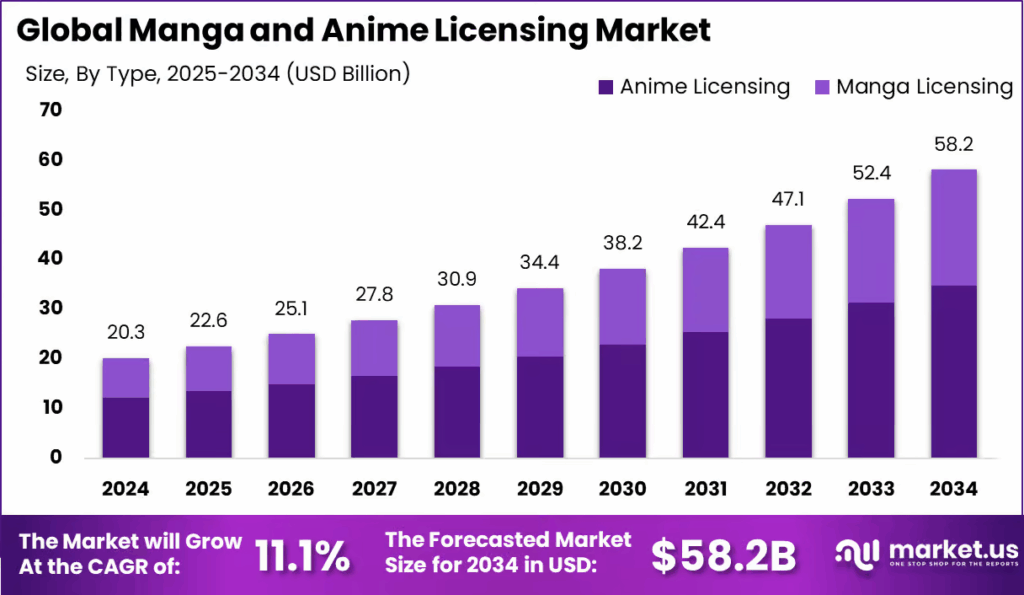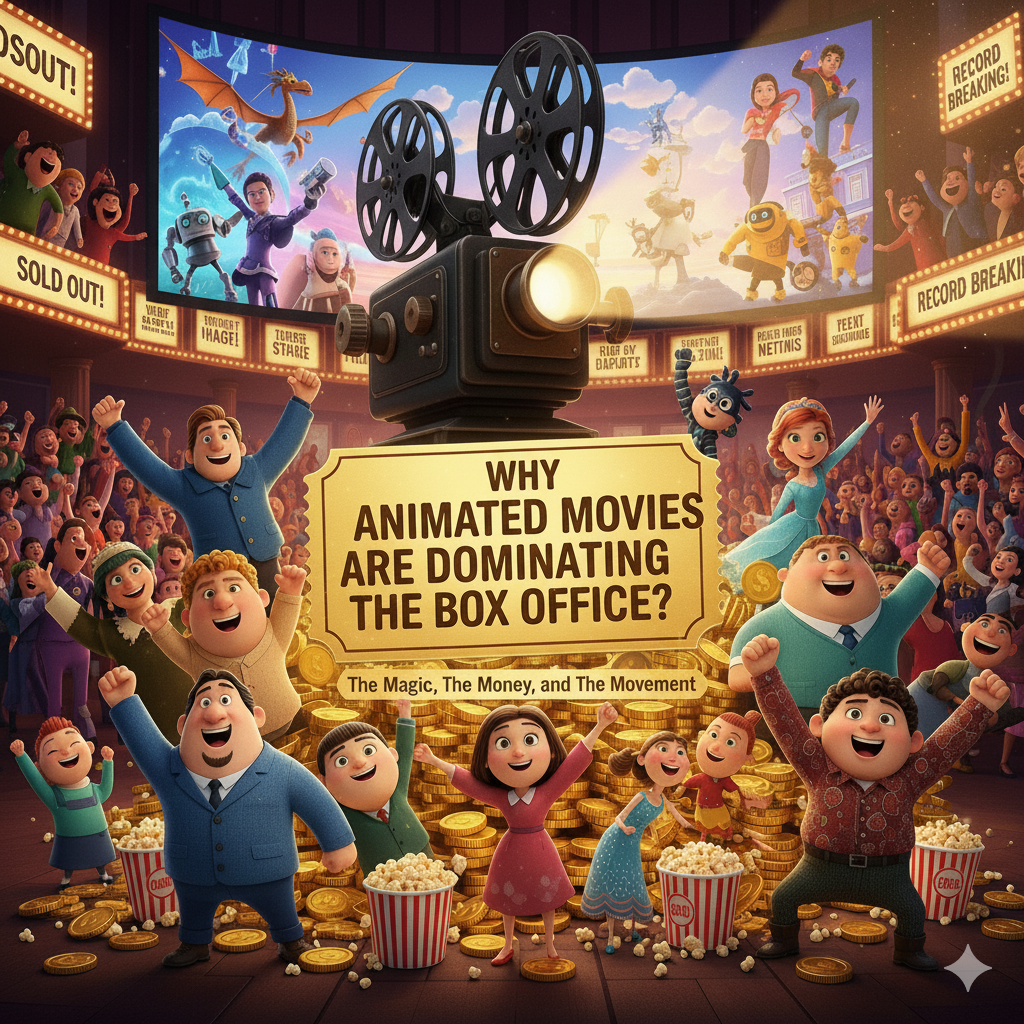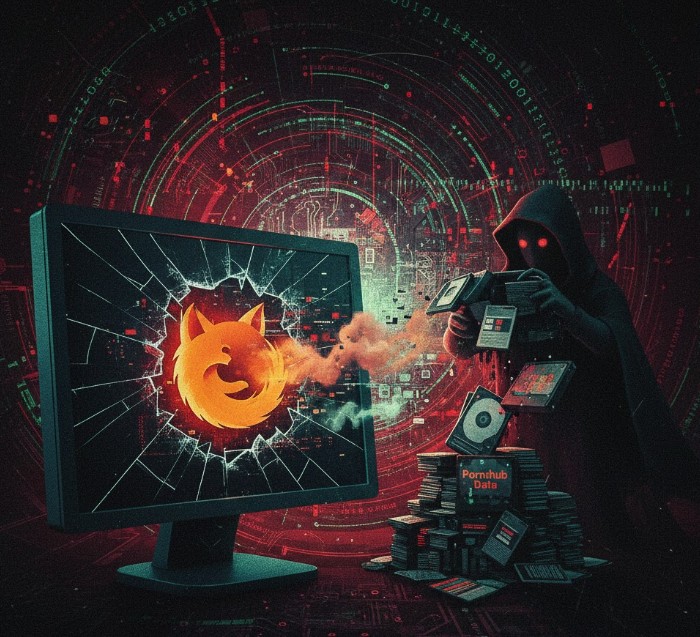In recent years, animated movies have become more than just a niche in the film industry—they have become box office titans, outgrossing many live-action films and breaking records at every turn. From Pixar’s groundbreaking Toy Story series to Disney’s remakes of animated classics, animated films have proven to be a massive commercial force. But what is driving this shift, and why are animated movies consistently dominating the box office?
This article explores the factors that have contributed to the rise of animated films in the entertainment world, delving into technological advancements, audience preferences, and cultural shifts that have made animation more appealing than ever before.
The Power of Storytelling
One of the key reasons animated films are dominating the box office is their ability to tell compelling, universal stories. Animation, by its very nature, opens up a vast range of creative possibilities. With no physical constraints or limitations, filmmakers can build entire worlds that may not be possible in live-action films. The beauty of animation lies in its flexibility: whether it’s a fantasy landscape or a hyper-realistic human face, anything can be brought to life.
For example, Pixar’s Up (2009) captivated audiences with its emotionally rich narrative of loss, love, and adventure. The opening sequence, which tells the story of a couple’s life together, became iconic for its ability to evoke deep emotion without a single word of dialogue. Similarly, Frozen (2013) took the world by storm, not only for its catchy songs but for its emotional depth and themes of sisterhood, breaking free of traditional fairy tale tropes.
Animated films often resonate with a wide range of demographics. While they are marketed primarily to children, they frequently include jokes, references, and themes that appeal to adults as well. This cross-generational appeal allows animated movies to tap into diverse audience segments, making them more accessible and commercially viable. Parents feel comfortable taking their kids to animated films, while adults can enjoy the cleverness and subtlety of the storytelling as well.
Cutting-Edge Technology and Visual Spectacle
The continuous advancements in animation technology have played a significant role in the commercial success of animated movies. In the early days of animation, films like Snow White and the Seven Dwarfs (1937) were groundbreaking for their hand-drawn artistry. But over the decades, animation techniques have evolved dramatically, particularly with the advent of computer-generated imagery (CGI).
CGI animation allows for far more complex, detailed, and visually stunning films. In fact, one of the reasons animated movies are so popular today is because they offer unparalleled visual spectacle. With the power of CGI, animators can create breathtaking landscapes, lifelike characters, and fluid action sequences that captivate audiences in ways that traditional live-action films sometimes cannot. Films like Avatar (2009), which blends live-action and CGI seamlessly, pushed the boundaries of what was possible, but fully animated films like Toy Story 3 (2010) and The Incredibles 2 (2018) have set new standards for visual excellence in animation.
The introduction of 3D technology in animated films has also played a significant role. Movies like Avatar and How to Train Your Dragon (2010) utilized 3D to create immersive experiences, making viewers feel like they were part of the animated world. This added level of immersion draws audiences into theaters and is one of the reasons animated films continue to pull in massive numbers.

The Global Appeal of Animation
Another reason why animated films are dominating the box office is their universal appeal across cultures. Animated movies transcend language barriers and can be enjoyed in virtually any country. Unlike live-action films, which often rely heavily on dialogue, animation allows for a universal storytelling approach that resonates with audiences from various linguistic and cultural backgrounds.
Take Disney’s Frozen, for example. This film earned more than $1.2 billion worldwide and found massive success not just in the United States, but also in international markets. While some jokes and cultural references may vary from region to region, the emotional core of Frozen—its themes of family, love, and self-empowerment—remained relatable to audiences worldwide.
Additionally, animated films often feature characters or creatures that are universally understood and loved, such as animals, mythical creatures, or fantastical beings. This universal language of animation allows studios to tap into global markets with ease. A cute, colorful character or a beautiful, magical world speaks to people regardless of where they come from or what language they speak.
Brand Loyalty and Franchise Success
Over the years, animation studios have built strong brands that fans trust and follow religiously. Disney, Pixar, DreamWorks, and Illumination Entertainment have become household names, with multiple franchises and sequels that guarantee strong box office performance.
For example, Pixar’s Toy Story franchise has become an enduring cultural phenomenon. The original film was released in 1995, and it has since spawned three sequels, each of which has earned hundreds of millions of dollars. The latest installment, Toy Story 4 (2019), grossed over $1 billion globally. These films not only appeal to children, who grow up with the characters, but also to adults who have followed the franchise for decades.
Similarly, the Despicable Me series, created by Illumination, has consistently performed well at the box office, thanks to the popularity of the Minions. The films, which revolve around the eccentric villain Gru, have expanded into multiple spin-offs and merchandise lines, creating a lucrative franchise ecosystem.
The success of these franchises shows that animated films can build long-lasting, multi-generational fandoms. As a result, audiences return for each new installment, ensuring a strong box office performance every time.
Merchandising and Cross-Platform Success
In addition to the box office earnings, animated films also benefit from strong merchandising opportunities. Animation studios often create toy lines, clothing, books, and other products tied to their movies. These merchandising ventures add a significant revenue stream, making the success of animated movies even more impactful financially.
For instance, Frozen generated over $5 billion in merchandise sales in addition to its box office revenue. The success of characters like Elsa, Anna, and Olaf in various forms of media—ranging from toys to theme park experiences—contributed significantly to the film’s overall financial success.
Animated movies often generate cross-platform success as well. Many animated films are adapted into video games, TV shows, theme park attractions, and streaming content. These extensions of the brand help keep the characters and stories alive long after the credits roll in the theater, ensuring that audiences remain engaged and invested in the franchise.

The Shift in Audience Preferences
The landscape of filmgoing is changing, and one key shift is in the preferences of audiences themselves. There is a growing demand for family-friendly entertainment that is both accessible and enjoyable for people of all ages. Animated films, with their universal themes and broad appeal, have become the go-to choice for family outings to the movies.
Additionally, animated movies have increasingly addressed more mature themes, allowing for a broader audience. Films like Inside Out (2015) and Coco (2017) address topics such as grief, memory, and family legacy in ways that resonate with both children and adults. This has helped animation move beyond just “kids’ stuff” and into a realm where it can explore deeper, more thought-provoking themes.
Moreover, streaming platforms like Netflix and Disney+ have made animated films more accessible to a wider audience. With the rise of digital viewing options, animated films are no longer confined to the theater; they can be enjoyed in the comfort of one’s home, further expanding their reach.
Conclusion
The dominance of animated movies at the box office is not just a trend but a result of various interconnected factors. From the incredible advancements in animation technology to the power of storytelling, animation has grown into a highly lucrative and globally loved medium. The universal appeal, combined with the ability to build strong, long-lasting franchises and cross-platform success, ensures that animated films will continue to be a major player in the entertainment industry.
As audience preferences evolve and technology continues to improve, animated movies are poised to maintain their dominant position at the box office. Whether through groundbreaking visuals, emotional storytelling, or their ability to resonate with a diverse audience, animation shows no signs of slowing down. And with new, exciting projects on the horizon, the future of animated films looks brighter than ever.







Leave a Reply